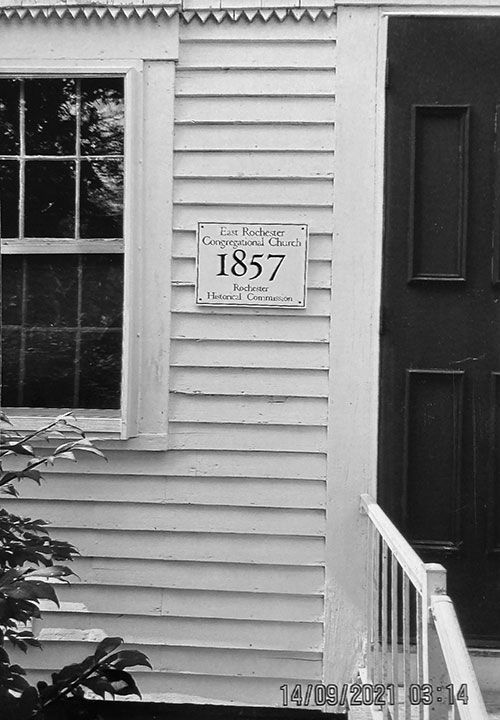If you are among those whose preconceived ideas equate annuals with novices, think again. I used to believe that annuals began with alyssum and ended with zinnias, with impatiens and marigolds scattered in between. Thirty years as a gardener has shifted such narrow views. In fact, annuals occupy an ever-widening realm of the plant kingdom. Some are mistakenly grouped with perennials because they self-seed and many others are still undiscovered by the American gardener. I’m of the opinion – which I expect the experts share – there is a prominent place and need for these transient blooms.
First of all, annuals are expendable – if you don’t like a certain plant, it’s easy enough to eliminate. Second, they are inexpensive. Third, they’re easy to propagate. Adding them to the perennial border to fill in an empty space – I have used a salmon flowered petunia to hide withering tulip leaves – can have a striking effect.
“Trees and shrubs form the framework, and perennials make up the body, but annuals, in the ground and in containers, are the crowning glory,” writes Margorie Mason Hogue in her book “Amazing Annuals.” She is full of advice for every type of gardener, from the beginner to the do-it-yourselfer who wants to grow masses of plants from seeds and cuttings to the person who gardens on a small balcony and the creative types who want a garden different from all the others on the block.
My first gardening forays, alongside my mother as she installed portulacas and petunias in our front bed and beside my grandmother’s low white picket fence that served as a backdrop to marigolds, salvias and ageratums, were unwittingly annual in content. Of course, we had perennials growing in the gardens, but it was these diminutive plants that seemed to draw my interest. Also, these were the ones I was permitted to touch.
What at first glance was awe-inspiring was later found to be ordinary. Annuals were (and continue to be) used most often as bedding plants in town squares and in the pots and window boxes decorating storefronts and gravesites. Still as common as they are, it’s all in how they are combined and arranged.
After a few years of exploration, foraging and nosing around, I’ve come to discover a wide range of annuals, many of them anything but ordinary. Some of the more unusual introductions, notes Ms. Mason Hogue, are the 8-foot-tall impatiens grandiflora, the firecracker vine with brilliant red and yellow flowers that will climb to a height of 12 feet, and the exotic pineapple flower, a tropical bulb that will grow in a pot on the patio.
“In the first half of the 20th century, with the advent of better seed-growing techniques and the disruption of two world wars, the emphasis in horticulture changed to herbaceous perennials and annuals that were easily grown from seed,” she writes. “Many Victorian favorites are experiencing a revival. Double nasturtiums, double lobelia, marguerite daisies, heliotrope, coleus, and fancy-leaf pelargoniums are available again.” There is even an annual known as a “supertunia” known for their vigorous growth, abundant blooms and self-cleaning features.
Even the traditional annuals deserve consideration for their contrasting characteristics: The delicate fluffiness of baby’s breath; the sensual appeal of a passion flower; gigantic sunflowers; pungent marigolds and elfin-sized heads of forget-me-nots (I just picked a bouquet of the latter yesterday as they are covering our potato patch like weeds!)
I have to admit, I’m often cajoled by the names. It isn’t the way one should choose plants, but somehow the names aptly describe the flowers. Among those that I’ve selected based on sound are: migonette; cleome, larkspur, nasturtium, mimulus (aka monkey flower); moonflower vine, toadflax and fleabane as well as the ubiquitous Johnny-jump-up. Must haves include agapanthus (or lily of the Nile, brugmansia and gilly flower (known more commonly as stock). For whatever reason, I seem to have as much regard for the name as the flower itself.
Unfortunately, for the same reason the sound of a plant might prejudice me against a potential purchase (A climbing rose known as Don Juan, devil’s tears, stinkweed and stinging nettles are not what I consider enticing names).
Whatever the incentive, I enjoy the freedom to select different annuals each year to perk up the perennial and vegetable beds as well as pots on our back deck. The results are sometimes surprising.
One summer, I planted an annual in a prominent spot along our front walk. “Love Lies Bleeding” was its allusive name… a bit Bronte in tone, I thought, imagining a romantic English flower with cottage appeal. What sprouted was more along the lines of reggae king Bob Marley – profusions of burgundy-colored dreadlocks cascading from 4-foot stems. Very exotic! Nothing English or New England about it! I wasn’t sure they were the right look for the front walkway where I’d sprinkled the seeds. But since they were healthy, I let them stay. Many commented on how unusual they looked.
This summer I am bringing them back in a niche garden beside a little Budda – on the path to Nirvana.
- “In his garden, every man may be his own artist without apology or explanation,” Louise Beebe Wilder.
The Seaside Gardener
By Laura McLean
